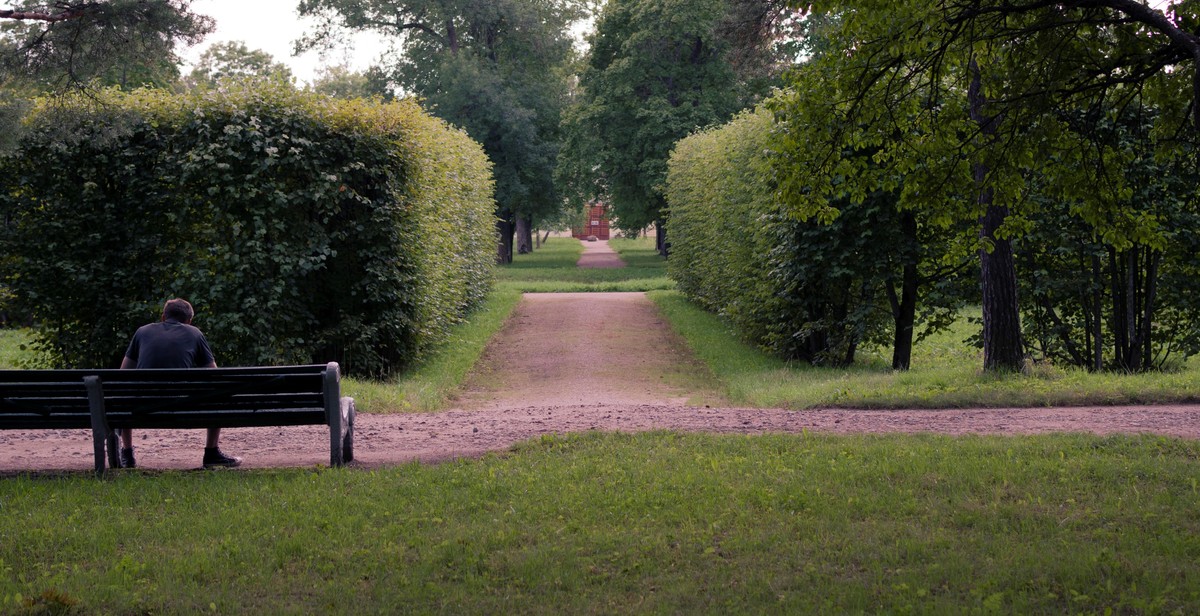How to Construct a Brick Pathway in Your Garden
Building a brick pathway in your garden can be an excellent way to add a touch of elegance and sophistication to your outdoor space. It not only enhances the overall appearance of your garden but also serves as a functional element by providing a safe and convenient way to navigate through your garden. Constructing a brick pathway may seem like a daunting task, but with the right tools and guidance, it can be a fun and rewarding DIY project.
Planning and Preparation
The first step in building a brick pathway is to plan and prepare the area. Take measurements of the space and decide on the design and pattern you want to create. Make sure you have all the necessary tools and materials, including bricks, sand, gravel, stakes, strings, and a shovel.
Preparing the Ground
Next, you need to prepare the ground by removing any grass or plants from the area and digging up the soil to a depth of about 4-6 inches. Level the ground and create a slight slope to ensure proper drainage. Add a layer of gravel and compact it with a tamper to create a stable base for the bricks.
Laying the Bricks
Now it’s time to lay the bricks. Start by placing stakes at the edges of the pathway and tie strings to create a guide for the bricks. Begin laying the bricks in the desired pattern, making sure they are level and firmly pressed into the sand. Use a rubber mallet and a level to ensure the bricks are aligned correctly.
Follow these steps, and you’ll have a beautiful and functional brick pathway in your garden in no time!

How to Construct a Brick Pathway in Your Garden
Step 1: Plan and Prepare
Constructing a brick pathway in your garden can be a great way to add beauty and functionality to your outdoor space. However, before you begin the construction process, it’s important to plan and prepare properly to ensure a successful outcome. This step-by-step guide will help you get started with the planning and preparation phase.
Choose Your Pathway Location
The first step in planning your brick pathway is to choose the location where you want to install it. Consider the purpose of the pathway. Will it be used for walking, or will it be a decorative feature in your garden? Once you have a clear idea of the purpose, you can choose the location that makes the most sense. Keep in mind that the pathway should be easily accessible and well-lit.
Gather Necessary Tools and Materials
After selecting the pathway location, the next step is to gather the necessary tools and materials. You will need the following:
- Bricks
- Gravel
- Sand
- String
- Stakes
- Shovel
- Trowel
- Level
- Rubber mallet
- Protective gear (gloves, goggles, etc.)
Make sure you have all the necessary tools and materials before you begin the construction process. You don’t want to start the project only to realize that you’re missing something important.
| Tools | Materials |
|---|---|
| Shovel | Bricks |
| Trowel | Gravel |
| Level | Sand |
| Rubber mallet | String |
| Protective gear | Stakes |
With these tools and materials at hand, you’re ready to move on to the next step in the process.

Step 2: Create a Base
Once you have marked out the area for your brick pathway, the next step is to create a solid base. This ensures that your bricks will be level and won’t shift over time. Here are the two main steps:
Clear and Level the Ground
The first step is to clear the ground of any debris, rocks, or grass. Use a shovel or a garden hoe to remove any grass or vegetation in the area. Then, use a rake to level out the soil. It’s important to make sure that the ground is level before moving on to the next step. This can be done by using a level tool or by simply eyeballing it.
Lay Gravel and Sand Base
After the ground is level, it’s time to add a layer of gravel and sand. This will create a stable base for your bricks. Start by adding a layer of gravel to the area. This should be around 3-4 inches deep. Use a rake to level out the gravel and make sure it’s evenly distributed.
Next, add a layer of sand on top of the gravel. This should be around 1-2 inches deep. Again, use a rake to level out the sand and make sure it’s evenly distributed. The sand will help to create a flat surface for your bricks to sit on.
| Materials Needed: | Tools Needed: |
|---|---|
| – Gravel | – Shovel |
| – Sand | – Garden hoe |
| – Level tool | – Rake |
Once you have laid the gravel and sand base, use a compactor or tamper to pack it down. This will ensure that the base is solid and won’t shift over time. After the base is packed down, you’re ready to start laying your bricks.

Step 3: Lay the Bricks
Once you have properly prepared the area and gathered the necessary tools and materials, it’s time to start laying the bricks for your pathway. Follow these steps to ensure a successful project:
Choose Your Brick Pattern
The first step in laying your bricks is to choose the pattern you want to use. There are many different patterns to choose from, such as herringbone, running bond, basket weave, and more. Consider the style of your garden and your personal preferences when selecting a pattern.
Once you have chosen your pattern, use chalk or spray paint to mark the outline of your pathway. This will help guide you as you lay the bricks.
Start Laying the Bricks
Begin by laying a small amount of mortar on the ground where you will be placing the first brick. Use a trowel to spread the mortar evenly, making sure it covers the entire area where the brick will sit.
Place the first brick on top of the mortar, pressing it firmly into place. Use a level to ensure that the brick is even and level with the ground.
Continue laying the bricks one by one, using a string line to keep them straight. Make sure to leave a small gap between each brick to allow for expansion and contraction.
As you lay the bricks, periodically check that they are level and adjust as necessary. Use a rubber mallet to tap the bricks into place and ensure a tight fit.
Once you have laid all of the bricks, allow the mortar to dry completely before walking on the pathway. This can take several days, depending on the weather and humidity.
Remember to take your time and work carefully as you lay the bricks. A well-laid pathway will not only look beautiful but will also last for many years to come.

Step 4: Finishing Touches
Now that you have laid your bricks, it is time to give your pathway a finished look. This step involves cutting bricks to fit and filling in the gaps with sand.
Cut Bricks to Fit
It is highly likely that you will need to cut some bricks to fit the edges of your pathway. You can use a brick chisel and hammer to score a line on the brick where you want to cut it. Then, use the chisel and hammer to carefully break the brick along the scored line. Be sure to wear safety glasses and gloves when cutting bricks.
Fill in the Gaps with Sand
After cutting and placing the bricks, you will notice small gaps between them. To give your pathway a polished look, fill in these gaps with sand. Start by sweeping sand over the entire pathway, making sure to get sand in between each brick. Then, use a broom to sweep the excess sand off the surface of the bricks. Finally, use a compactor or tamper to press the sand down into the gaps, making sure that it is level with the surface of the bricks.
It is important to note that the type of sand you use is crucial for this step. Avoid using regular sand as it will wash away easily and not provide a stable base for your pathway. Instead, use polymeric sand which is specially designed for this purpose. Polymeric sand has additives that help it bind together and harden when it gets wet, providing a stable base for your pathway.
By following these simple steps, you can create a beautiful and functional brick pathway in your garden. With proper maintenance, your pathway will last for years to come.

Conclusion
Constructing a brick pathway in your garden can be a rewarding and satisfying DIY project that adds both beauty and functionality to your outdoor space. By following the steps outlined in this guide, you can create a durable and aesthetically pleasing pathway that will enhance your garden for years to come.
Tips for Success
- Plan your pathway carefully, taking into account the location, size, and shape of your garden.
- Choose high-quality materials that are suitable for outdoor use, such as bricks, pavers, or stone.
- Prepare the ground thoroughly, ensuring that it is level and compacted before laying your bricks.
- Take your time and be patient when laying your bricks, ensuring that they are level and evenly spaced.
- Use a sealant to protect your pathway from the elements and prevent weeds from growing between the bricks.
Benefits of a Brick Pathway
A brick pathway can transform your garden by creating a focal point and providing a functional walkway. Here are a few benefits of adding a brick pathway to your outdoor space:
| Enhanced Curb Appeal | A well-designed brick pathway can add visual interest and appeal to your garden, making it more attractive to visitors and potential buyers. |
| Improved Accessibility | A brick pathway can make it easier to navigate your garden, especially if you have uneven terrain or obstacles to navigate. |
| Increased Property Value | A well-constructed brick pathway can add value to your home, making it a worthwhile investment for homeowners. |
So why not give it a try and create your own brick pathway today? With a little bit of planning and effort, you can transform your garden into a beautiful and functional outdoor space that you can enjoy for years to come.
